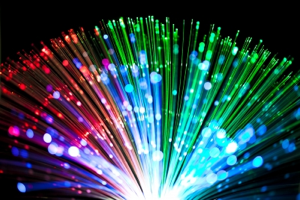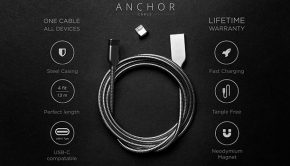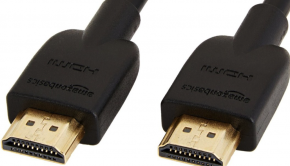What is Fiber Optic Cable & How Does It Work?
In recent times, we have been hearing more and more about fiber optic cable. In particular, telecommunications providers have been extolling its virtues as the best way to provide faster, clearer services in terms of not just internet, but also cable television and land lines for telephone. Even although we have been hearing about it a great deal, many of us are still not particularly sure about what it actually is or how it works in order to provide a better level of service when it comes to TV, phone and internet. Let’s take a closer look at fiber optics.

What is Fiber Optic Cable?
A length of fiber optic cable consists of a bundle of up to 100 tiny glass threads that are often only a fraction of the thickness of a single strand of human hair. Each of these strands or fibers is able to transmit data via light waves. You have most likely seen fiber optics in another form on Christmas tree lights or on the fiber optic lamps that were popular in the late nineties. Fiber optic cables consist of 3 different parts: the glass core made up of all of the threads we just mentioned, the cladding and the buffer coating
There are actually several different types of fiber optic cable, but most fall into the two main categories:
- Single Mode – This type of fiber optic cable features a very small glass core which allows for only one mode of light to propagate. The core of single mode cable is usually about 9/125 micron in diameter. The smaller core allows for digital signals to travel further, at higher speeds without attenuation occurring making it ideal for communications.
- Multimode – In this type of fiber optic cable, the diameter of the core is much larger than the wavelength of the light that is transmitted through it. The main types of multimode fiber optic cable are 62.5/125 micron and 50/125 micron in diameter. Having a larger core means that more data can be passed through the cable at once; however, over longer distances the overall signal quality deteriorates. Multimode fiber optic cable is used most often in LANs, but is not suitable for use by a cable or internet service provider.
How Does Fiber Optic Cable Work?
When data is sent down fiber optic cable, it is sent as light which is continuously being reflected off of the sides of the fiber to keep the light inside the fiber. This is known as total internal reflection.
The light travels through the glass core and is constantly reflected from the cladding around the core since the angle of the light is always greater than the critical angle. No matter how the cable is manipulated, this total internal reflection will always occur. The cladding itself does not actually absorb any of the light which means that the signal is able to travel long distances along the cable without losing any quality.
The data is converted into a series of light pulses based on binary code so that it can be sent along the fibers to be read by the destination computer. Since light travels extremely fast, the whole process takes only a very small amount of time making fiber optics an excellent choice for internet or telephone communication. It is widely accepted that when you are choosing a provider for these services, you are best to choose one that is offering you fiber optic cable.
Why Is Fiber Optic Better For Telecom Purposes Than Copper Wire?
There are a number of advantages that are associated with fiber optics when compared to traditional communications. The first, and perhaps one of the most important is that fiber optic cables have a much larger bandwidth than standard metal cables. This means that they are able to carry far greater amounts of data at any given time. This equates to much faster data transmission or a faster broadband connection for internet users. It takes less time to download data using a fiber optic network which is why offering fiber optic broadband is such a huge selling point for many providers like FiOS.
Another benefit that comes with using fiber optic cable is that it is less likely to be affected by the same kind of interference that can occur when you are using standard metal cables. In addition, they allow data to be sent digitally in its natural format instead of it changing it to analog. These factors combined mean that the signal when using fiber optic cable is much clearer which is why it makes for crystal clear television viewing and very fast broadband internet.
Here is a short video explaining how fiber optic internet works and why it is better than a copper line:
Hopefully, this article will have given you a better understanding of what fiber optic cable is and how it actually works. The majority if internet and cable television providers are now working with fiber optic cable in order to offer their subscribers the best possible services as cost effectively as possible.















2 Responses to What is Fiber Optic Cable & How Does It Work?